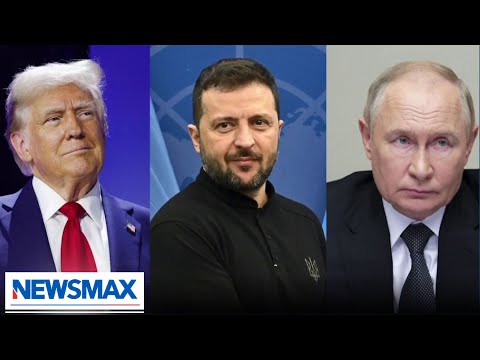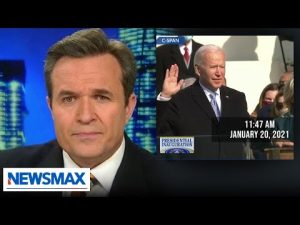In a winter landscape where temperatures are low and tensions are high, former President Trump has stirred the diplomatic pot again with a series of strategic phone calls. His discussions with President Zelensky of Ukraine and President Putin of Russia have become the talk of the town, catching the attention of analysts and political enthusiasts alike. It appears that Trump’s unique negotiating style, widely regarded as brilliant, is shaking up a conflict that many thought was stuck in a freeze.
For months, the situation between Ukraine and Russia felt as if it had turned into an unwinnable stalemate. The Biden administration’s approach seemed to stall any momentum toward a resolution, insisting that Ukraine should not consider negotiations until Russia returned every inch of land it seized. However, the reality on the ground showed that this was a tall order and one that wasn’t going to happen anytime soon. Enter Trump, who has maneuvered this situation with aplomb. By acknowledging the improbability of complete land restoration and urging Zelensky to the negotiating table, he has added a new layer of complexity to the affair.
Trump has used his discussions to incentivize not only Ukraine but also Russia to reconsider their positions. He’s highlighted Ukraine’s vital rare earth minerals, tapping into the country’s potential and suggesting American investment in its development. Meanwhile, he has made it clear to Putin that the United States is prepared to furnish Ukraine with necessary resources until a deal is struck. The shift from a static conflict to the possibility of negotiation could be exactly what is needed, as it offers a win-win scenario for both nations, with the U.S. emerging as a pivotal player.
Despite the impressive diplomatic footwork, some European countries seem less than enthusiastic about America taking the lead in this negotiation process. Many of these nations are geographically closer to the conflict, which raises eyebrows regarding their contributions. Trump’s past interactions underscore this point. During his first term, when German Chancellor Angela Merkel brought up Ukraine, Trump countered by emphasizing that European countries must take responsibility for their own neighborhood. It’s a sentiment that appears increasingly relevant today as Europe faces the reality of its security obligations.
On a related note, Trump is also bringing the conversation around trade and tariffs back into focus. After years of convoluted free trade agreements that favored other nations, he has proposed a system of reciprocal tariffs. Instead of one-sided advantages, he advocates a fair playing field where if a foreign country imposes a hefty tariff on U.S. goods, the U.S. will respond in kind. This approach insists on equality in trade relations—if reciprocal means matching tariffs, then matching tariffs it shall be! This tactic could potentially give American goods an edge and re-establish the U.S. as a formidable player on the global economic stage.
In summary, Trump’s recent diplomatic efforts and renewed trade conversation have created quite a buzz. He appears to be steering the conversation towards potential solutions that could benefit not just the U.S. but also Ukraine and even Russia. With winter cold, conflicts can feel frozen, but under Trump’s watchful eye, the thaw could finally begin—reflecting how negotiations can lead to opportunities that once seemed distant. Time will reveal whether Trump’s strategy will indeed lead to a favorable resolution or simply warm up the room for more robust debates about diplomacy and trade in the future.



